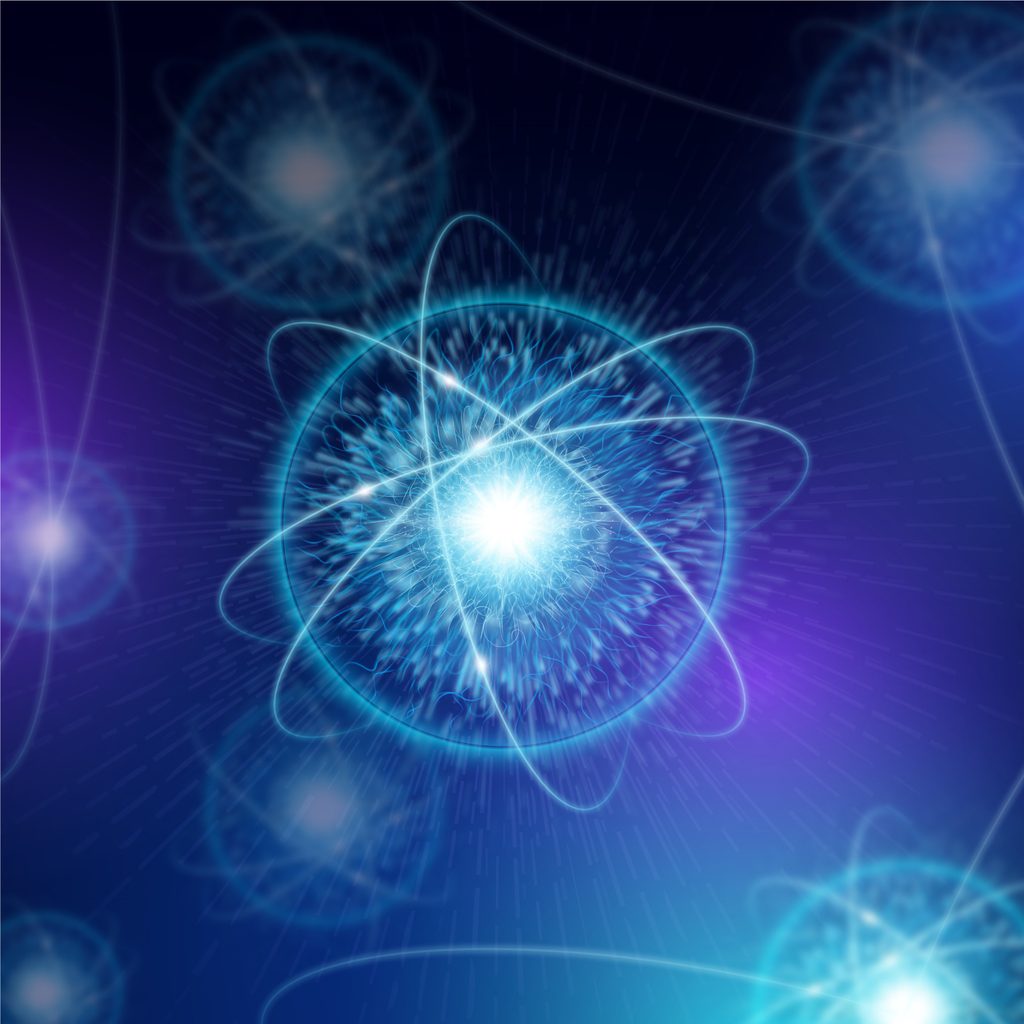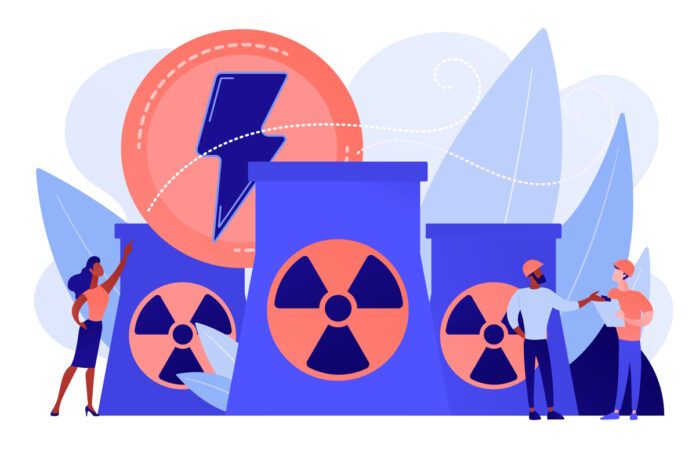Nuclear engineering and technology have been pivotal in advancing our understanding of atomic science and its practical applications. This field, rooted in physics and engineering, focuses on harnessing the power of the atom to generate energy, develop medical treatments, and even propel spacecraft. In this comprehensive guide, we will explore the fundamentals of nuclear engineering, its various applications, and the future of nuclear technology.
What is Nuclear Engineering?
Nuclear engineering is the branch of engineering that deals with the application of nuclear processes, including the behavior and production of nuclear energy and the application of nuclear radiation. Nuclear engineers design, develop, and manage nuclear power plants, radiation therapy equipment, and other systems that utilize nuclear technology.
Fundamentals of Nuclear Engineering
1. Atomic Structure and Nuclear Reactions
At the heart of nuclear engineering is the understanding of atomic structure. Atoms consist of a nucleus, made up of protons and neutrons, and electrons that orbit this nucleus. Nuclear reactions involve changes in the nucleus, leading to the release or absorption of energy.
- Nuclear Fission: This process involves splitting a heavy nucleus into two lighter nuclei, releasing a significant amount of energy. It is the principle behind nuclear reactors and atomic bombs.
- Nuclear Fusion: This process involves combining two light nuclei to form a heavier nucleus, releasing even more energy than fission. Fusion powers the sun and holds promise for future energy sources.
2. Radioactive Decay
Radioactive decay is the process by which unstable atomic nuclei lose energy by emitting radiation. This process is fundamental to nuclear engineering, particularly in medical applications and radioactive waste management.
- Alpha Decay: Emission of alpha particles (helium nuclei).
- Beta Decay: Emission of beta particles (electrons or positrons).
- Gamma Decay: Emission of gamma rays (high-energy photons).

Applications of Nuclear Engineering and Technology
Nuclear engineering has diverse applications, impacting various sectors including energy, medicine, and industry.
1. Nuclear Power Generation
One of the most significant applications of nuclear engineering is power generation. Nuclear power plants use controlled nuclear reactions to produce electricity. The key components of a nuclear power plant include:
- Reactor Core: Contains the fuel (usually uranium or plutonium) and is where the nuclear reaction occurs.
- Coolant: Transfers heat from the reactor core to the steam generator.
- Steam Generator: Converts water into steam using the heat from the coolant.
- Turbine and Generator: The steam drives the turbine, which in turn drives the generator to produce electricity.
- Containment Structure: Encloses the reactor core to contain radiation and protect against external threats.
Nuclear power is a low-carbon energy source, making it an essential part of the strategy to combat climate change. Countries like France and the United States rely heavily on nuclear power for their electricity needs.
2. Medical Applications
Nuclear technology plays a crucial role in medical diagnostics and treatment. Key medical applications include:
- Radiation Therapy: Uses high doses of radiation to kill cancer cells and shrink tumors. It is a common treatment for various types of cancer.
- Diagnostic Imaging: Techniques like PET (Positron Emission Tomography) and SPECT (Single Photon Emission Computed Tomography) use radioactive tracers to create detailed images of the body’s internal structures.
- Sterilization: Radiation is used to sterilize medical equipment and supplies, ensuring they are free from harmful microorganisms.
3. Industrial Applications
In industry, nuclear technology is used for a variety of purposes, including:
- Radiography: Uses radiation to inspect the integrity of materials and structures, such as pipelines and aircraft components.
- Material Analysis: Techniques like neutron activation analysis can determine the composition of materials.
- Food Preservation: Irradiation is used to kill bacteria and other pathogens in food, extending its shelf life.
4. Space Exploration
Nuclear technology is also critical in space exploration. Radioisotope thermoelectric generators (RTGs) use the heat from radioactive decay to generate electricity, powering spacecraft and instruments in environments where solar power is not feasible.
Challenges and Considerations in Nuclear Engineering
While nuclear engineering offers numerous benefits, it also presents significant challenges:
1. Safety
Safety is paramount in nuclear engineering. Nuclear power plants and other facilities must be designed and operated to prevent accidents and minimize the release of radiation. Historical events like the Chernobyl and Fukushima disasters highlight the importance of rigorous safety measures.
2. Radioactive Waste Management
The disposal of radioactive waste is a major challenge. Waste must be securely stored and isolated from the environment for thousands of years. Solutions include deep geological repositories and advanced recycling technologies to reduce the volume and toxicity of waste.
3. Public Perception
Public perception of nuclear energy is often influenced by fears of radiation and nuclear accidents. Effective communication and education are essential to address misconceptions and highlight the benefits of nuclear technology.
4. Regulatory Framework
Nuclear engineering is highly regulated to ensure safety and security. Regulatory bodies, such as the International Atomic Energy Agency (IAEA) and national nuclear regulatory authorities, establish guidelines and standards for the design, construction, and operation of nuclear facilities.

Future of Nuclear Engineering and Technology
The future of nuclear engineering holds great promise, with advancements aimed at addressing current challenges and expanding the applications of nuclear technology.
1. Advanced Reactor Designs
Research is ongoing into advanced reactor designs that offer improved safety, efficiency, and sustainability. Examples include:
- Small Modular Reactors (SMRs): Smaller and more flexible than traditional reactors, SMRs can be deployed in a variety of settings and offer enhanced safety features.
- Generation IV Reactors: These designs focus on sustainability, efficiency, and reducing waste. They include concepts like fast reactors, molten salt reactors, and gas-cooled reactors.
2. Nuclear Fusion
Nuclear fusion, the process that powers the sun, has the potential to provide virtually limitless clean energy. Fusion research aims to develop reactors that can sustain fusion reactions, producing more energy than they consume. Projects like ITER (International Thermonuclear Experimental Reactor) are at the forefront of this research.
3. Medical Innovations
In medicine, nuclear technology continues to advance. Innovations include more precise radiation therapy techniques, new diagnostic imaging modalities, and the development of radiopharmaceuticals for targeted cancer treatment.
4. Space Missions
Nuclear technology will play a crucial role in future space missions. RTGs and nuclear thermal propulsion systems can provide the necessary power and propulsion for long-duration missions to Mars and beyond.
Educational Pathways and Careers in Nuclear Engineering
Pursuing a career in nuclear engineering requires a strong foundation in science and engineering principles. Educational pathways typically include:
- Bachelor’s Degree: A bachelor’s degree in nuclear engineering or a related field provides the foundational knowledge and skills.
- Master’s Degree: A master’s degree offers specialized knowledge and research opportunities in areas such as reactor design, radiation protection, and nuclear materials.
- Doctoral Degree: A Ph.D. in nuclear engineering is essential for advanced research and academic careers.
Career opportunities in nuclear engineering are diverse, spanning industries such as energy, healthcare, government, and research. Nuclear engineers work in roles such as reactor operators, safety analysts, medical physicists, and research scientists.
Conclusion
Nuclear engineering and technology are integral to addressing some of the world’s most pressing challenges, from providing clean energy to advancing medical treatments and exploring space. By understanding the fundamentals, applications, and future prospects of this field, we can appreciate the significant impact of nuclear technology on our lives and the world.
Useful Links:
- International Atomic Energy Agency (IAEA)
- World Nuclear Association
- U.S. Department of Energy – Nuclear Energy
- ITER – The Way to New Energy



